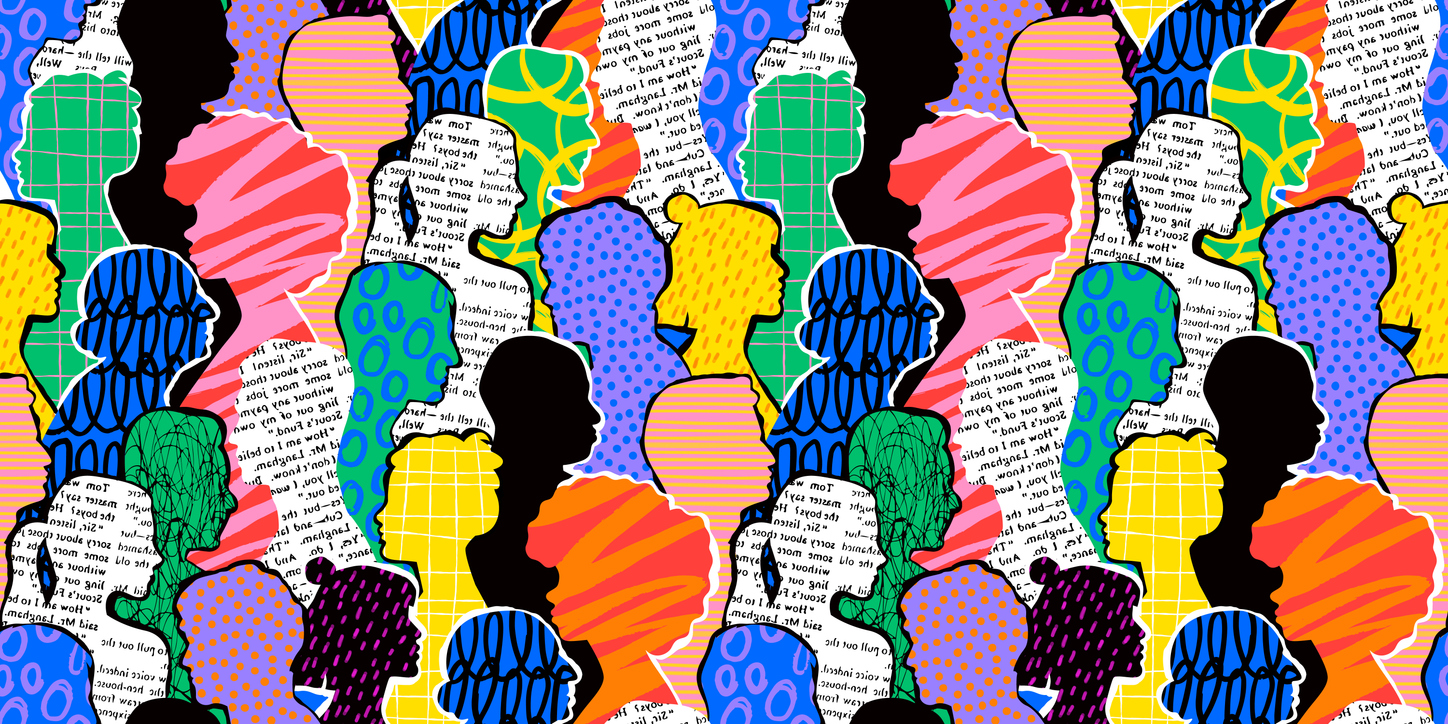How can counsellors best support LGBTQIA+ students?
Here are four simple ways for counsellors to support LGBTQIA+ students – helping an often-marginalised community feel heard, safe and included

How do we, as future pathway advisers, support the LGBTQIA+ student community?
Some might say that we support them in the same way we support any other student who identifies with a specific community. Indeed, this is true in many ways, because we all seek to support our students as best we possibly can, based on their needs.
However, my purpose here is to see if there is anything specific that we can do for students who are part of the LGBTQIA+ community.
I began my research by participating in diversity and inclusivity coaching with a colleague, attending our school Genders and Sexualities Alliance club, “Phoenix”, participating in the sixth annual MS Pride conference and reading some fantastic literature on inclusivity and diversity.
These books include:
- Becoming a Totally Inclusive School: A Guide for Teachers and School Leaders, by Angeline Aow, Sadie Hollins and Stephen Whitehead
- The Wake Up: Closing the Gap Between Good Intentions and Real Change, by Michelle MiJung Kim.
Four simple ways to support our LGBTQIA+ community at school
There are four simple ways of supporting the LGBTQIA+ community in our schools – four simple ways of bringing a sense of belonging to a community that often has to fight so hard to feel heard, safe and included.
1. Be a calm supporter, not an overexcited one
At the annual MS Pride conference, held earlier this year at an international school in Switzerland, I had the opportunity to meet and learn from Dylan and the Moon, an artist, songwriter and music producer who is a trans man.
Speaking to him and to members of my own school’s Genders and Sexualities Alliance club, I learned the importance, as an educator, of being a calm supporter. A calm supporter is someone who, through small, simple actions, shows members of the LGBTQIA+ community that they are trustworthy.
One simple action is starting community presentations at the beginning of the school year (whether with students, parents or staff) with not only our name and role but our pronouns. It seems a small thing, but the voices I have heard over the past few months have all told me that this is a significant step towards making school feel like a safe and inclusive space for the LGBTQIA+ community.
This, I was told, is a much more effective way of saying, “I support you. You belong here,” than by being a loud (but well-intentioned) person who is always making a big deal of certain situations.
2. Be knowledgeable
Another way in which we, as future pathways advisers, can support our LGBTQIA+ community is by being knowledgeable regarding which countries are LGBTQIA+ friendly.
For example, we can learn which countries have laws and policies that have a direct impact (good or bad) on LGBTQIA+ people’s human rights. And we can be familiar with the Rainbow Map: a source from ILGA-Europe, the European region of the International Lesbian, Gay, Bisexual, Trans and Intersex Association. This rates the top LGBTQIA+ supporting countries in Europe.
3. Research university support
Are we experts at knowing which universities offer the best student support services in mental health? I certainly am not yet, but would like to be.
The young members of the LGBTQIA+ community whom I have been speaking to say it would be helpful to know which universities are renowned for their support services so that they feel confident they would be supported while at university if they found it necessary.
4. Be authentic
If we are LGBTQIA+ supporters, we must not only be calm in our support but we must walk the walk as well as talking the talk.
One huge part of this is not to be a bystander. How many times do we overhear discriminatory comments from students – or maybe parents or even staff – which make us uncomfortable? How often do we call it out? It can be uncomfortable to call it out and so perhaps feels easier to brush it off as a joke.
Well, it’s time to be uncomfortable – we need to start calling out discriminatory language and behaviour when we hear or see it so that the people who are being discriminated against can start to feel safe and included in our schools.



